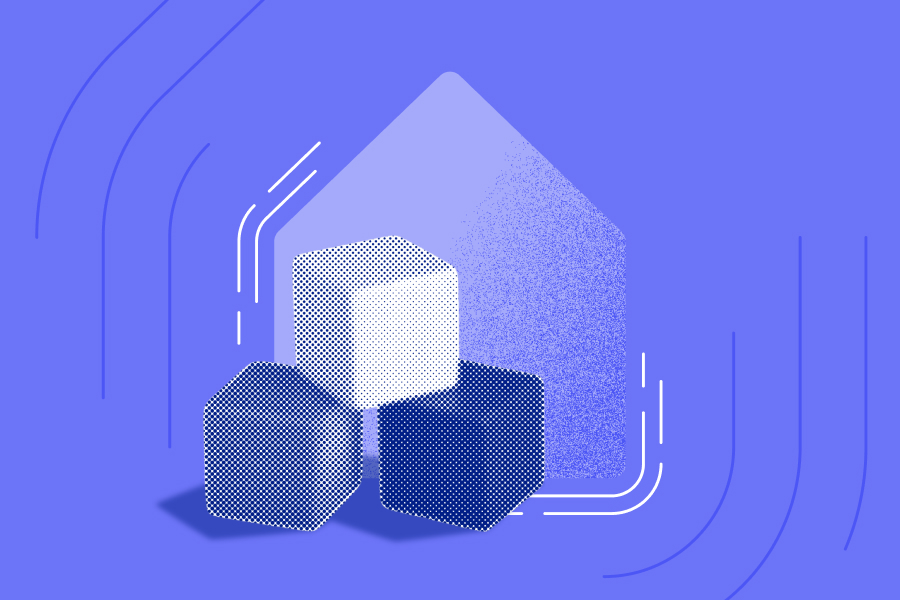Understanding layer-2: Enhancing blockchain scalability

In the fast-growing world of cryptocurrency, one challenge consistently faced by Layer-1 cryptocurrencies like Bitcoin and Ethereum is scalability – the ability to handle more transactions without either slowing down or increasing the cost. This is where Layer-2 solutions come into play.
Designed to complement and enhance Layer-1 networks, Layer-2 protocols facilitate faster, cheaper, and more efficient ways to process transactions without sacrificing the security and decentralisation of the underlying network.
How do Layer-2 projects work?
Imagine a blockchain as a line of humans passing a ball from front to back. There’s always going to be a limit to how many balls you can pass from front to back. In order to speed that up, you would have to add different pathways for the ball to take.
The same is true of Layer-2 solutions. They take transactions off the main blockchain to be processed, before bringing them back to be stored and recorded. This approach significantly reduces the load on the base layer blockchain, improving speed and lowering transaction fees. Off-chain transactions are processed faster because they don’t need to be validated and recorded immediately on the Layer-1 blockchain, allowing for greater efficiency.
Layer-2 solutions come in various forms, with the most popular being state channels, sidechains, and rollups.
State channels allow users to perform multiple transactions off-chain, only recording the final outcome of all transactions on the layer-1 blockchain. This approach reduces network congestion and fees. A well-known example is Bitcoin’s Lightning Network, which facilitates near-instant payments by creating a direct channel between two parties. Numerous transactions can occur within this channel without touching the Bitcoin blockchain, easing network congestion.
Sidechains, on the other hand, are independent blockchains running parallel to the main Layer-1 blockchain but remain connected to it. They use their own consensus mechanism and are designed to offer better scalability, faster processing, and more customisable features. Polygon, for instance, works alongside Ethereum to offload some transaction processing, improving overall efficiency.
Rollups batch multiple transactions into a single one and post it to the main layer-1 blockchain, reducing costs and the data footprint. There are two types of rollups: ZK-Rollups (Zero-Knowledge Rollups) and Optimistic Rollups. ZK-Rollups use mathematical methods, referred to as cryptographic proofs, to prove transactions are valid without sorting all the data. Optimistic Rollups assume transactions are correct but allow anyone to challenge wrong ones. Arbitrum, a layer-2 solution, uses Optimistic Rollups to make Ethereum transactions faster and cheaper.
Why are Layer-2 solutions important
Take Ethereum as an example. Its popularity has led to high transaction fees (gas fees), making it less practical for everyday use. Layer-2 solutions are essential because they offer ways to improve scalability, lower fees, increase transaction speed, and enhance security.
Layer-1 vs Layer-2
Purpose: Layer-1 blockchains form the base infrastructure for cryptocurrency transactions, while Layer-2 solutions are built to improve the efficiency of these networks.
Scalability: Layer-1 networks handle all on-chain transactions, leading to potential bottlenecks, whereas Layer-2 solutions process transactions off-chain, alleviating congestion.
Transaction speed and cost: While Layer-1 networks can suffer from slow speeds and high fees during periods of high demand, Layer-2 solutions provide faster and more cost-efficient alternatives.
Security: Layer-1 blockchains are responsible for securing the network, while Layer-2 solutions inherit this security by settling final transactions on the Layer-1 blockchain.
The future of layer-2
As the cryptocurrency space continues to grow, solutions will need to scale to accommodate increased demand. Layer-2 solutions are vital protocols because they make them useful for everyday applications, from payments, to gaming, to decentralised finance (DeFi). While Layer-1 provides the foundation, Layer-2 unlocks further potential of crypto technology, ensuring the networks can scale to accommodate increased demand as adoption grows without sacrificing security and decentralisation.
 Discover
Discover Help Centre
Help Centre Status
Status Company
Company Careers
Careers Press
Press

